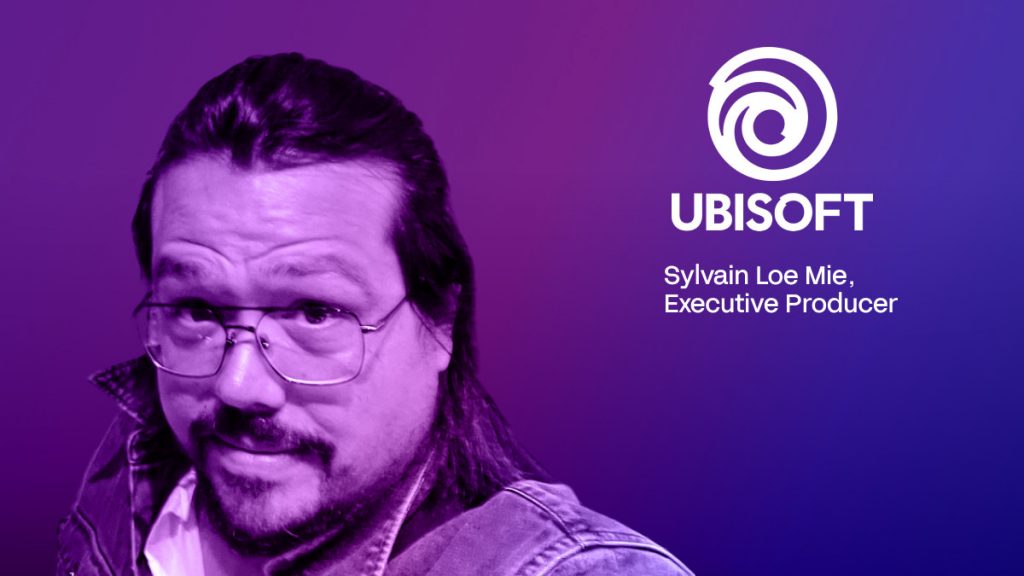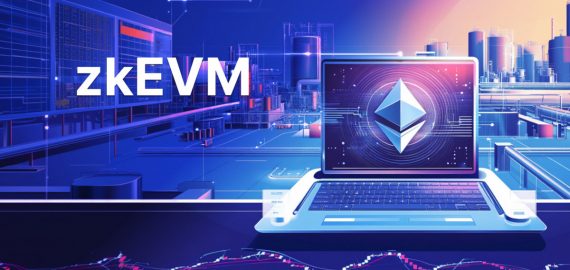Inside Ubisoft’s Mission to Bridge Traditional Gaming With Blockchain Without Sacrificing Player Experience


In Brief
Ubisoft is launching its first Web3 game, Champion Tactics, focusing on enhancing player experience through digital ownership and community building, ensuring fun over finance in the gaming industry.

Ubisoft, one of the world’s leading gaming companies, is taking its first significant stride into Web3 with Champion Tactics, marking a careful evolution that has been years in the making. After three to four years of blockchain exploration, the gaming giant has partnered with Oasys to create its first full-fledged Web3 game, approaching the technology not as a mere monetization tool but as a means to enhance player experience through true digital ownership and community building.
Executive Producer Sylvain Loe Mie reveals Ubisoft’s measured approach to blockchain gaming, where gameplay remains king and speculation takes a back seat. Sylvain shares insights into how one of gaming’s biggest names is working to bridge the gap between conventional gaming and blockchain, all while ensuring that fun comes before finance.
When did Ubisoft decide to move to Web3?
Ubisoft has been interested in Web3 for quite a long time, probably 3 or 4 years ago at least. We’re always deeply interested in new technology and exploring what we can do with it. Blockchain has been in the air at Ubisoft for a while now. However, regarding developing a proper game with it, Champion Tactics, which we’re about to release, is the very first one. We started its development about two years ago.
Can you explain how blockchain can enhance user experience beyond simply providing financial incentives?
It’s all about true ownership, which is a really cool concept for collectors. Players get their own assets beyond just one game. They can create public profiles and connect with other players who share similar interests around Web3 and the game. They can show off their assets or trade them if they want to. The community feeling is stronger in this space. It’s easier to build bonds, find friends, and maybe even use your assets across different games. Interoperability is a big plus that the tech can provide here.
How can blockchain-based games overcome the skepticism from Web2 gamers who prioritize gameplay over monetization models?
I think it’s quite simple: focus on gameplay first. Even if you’re creating a play-to-earn model, which is not what we’re doing, the key is to prioritize creating a fun and engaging game first. That’s what draws Web2 gamers, and I believe Web3 gamers, too, want a fun game first. If the gameplay is good and fun, the monetization model won’t matter as much.
Are there any challenges in attracting developers from Web2 to Web3?
For us, it’s not really an issue because we decided to work with partners who are already in the Web3 space. For this game, we’re working with Oasys, a gaming blockchain, so these guys know what they’re doing. I believe that partnerships are crucial. If traditional developers want to move fast and make the most of blockchain tech, it’s easier and faster to work with seasoned Web3 developers. My goal as a game developer is to keep my team focused on building a great game, so the tech should support that and not be a burden.
What are some key design elements of Web3 that you should focus on to create richer and more narrative-driven games to appeal to more traditional players?
I don’t believe that Web3 really limits the creation of narrative-driven games. If you want to tell a story, go for it. Traditional gamers enjoy all sorts of genres, so if you’re aiming for a narrative-driven experience, it’s not about Web3. It’s just about focusing on building a compelling story, strong characters, and engaging dialogues. It’s all about the basics of storytelling, Web3 or not.
What regions are mostly into Web3 gaming?
We’re still learning, and with this game, I hope we’ll have a better answer. When we look at our community, they’re coming from all over the world, not a specific region. We have people from North America, Europe, Asia, Africa, South America, and they’re all in an equivalent proportion. I think there’s space to attract Web3 players everywhere, and I see that as an opportunity.
How does the integration of real-world value in Web3 games through NFTs and tokens affect the development process compared to traditional Web2 games?
Speculation is a double-edged sword, so you have to manage it carefully. Designing a game economy that accounts for supply, demand, and inflation is key. You also have to balance the expectations of the Web3 community, who often see themselves as investors, not just players. Regulation plays a big role. Companies like Ubisoft need to make sure we’re not creating a gambling experience or a cash grab. The goal is for players to invest time and money because they enjoy the game, not because they’re expecting a financial return.
Do you have to follow specific regulations related to crypto, blockchain, and gaming?
Yes, it depends on the country, but there are many regulations around the gambling aspect of your game. In some countries, particularly in France, where we’re based, we have to make sure we’re not creating a gambling game. For a big company like us, this is something we have to take into account because we don’t want to create a gambling experience.
How do you see Web3 gaming integrating with traditional esports, and what unique advantages does blockchain offer to competitive gaming?
Blockchain tech makes it easier to reward pro players with actually valuable in-game assets, which you can’t do with Web2 games. It also gives pros the ability to reward their fans, which can be a great way to build loyalty and engagement. It enables features like community vaults, where fans and sponsors can directly support tournaments using Web3 tech. Overall, it’s a great tool for strengthening the pro scene and building a community around it. A good number of pro players are really interested in Web3 games because they can see it will be easier for them to make money from the game.
What’s your stance on using AI for game development? Do you use it in your company?
For now, we haven’t released any games using AI, I believe. But this is definitely something we’re investigating. For this game specifically, we didn’t use any AI technology. For future games, we’ll consider it if it makes sense. It’s still something we’re trying to understand better. There are also a lot of regulations to consider, like avoiding unintentional intellectual property theft when using these tools. So we’re very careful with this.
How do you foresee the further development of Web3 gaming?
I see it as simple as what we did recently. We’re just trying to make games. The Web3 aspect isn’t really something I need to focus on if I’m working with the right partners. I don’t have any specific ideas of what we should do in the future to make better Web3 games because, for me, it’s all about making better games overall.
It will depend on the game we’re trying to create. When I know what game I’ll work on next, I’ll try to see if it’s a Web3 game and what the best way to leverage the tech for that game is, if it makes sense. We’re learning, so we’ll see how the market reacts, take into account player feedback, and see from there what we should do in the future. We’ll test the market with this game first and see how we move forward from there.
Disclaimer
In line with the Trust Project guidelines, please note that the information provided on this page is not intended to be and should not be interpreted as legal, tax, investment, financial, or any other form of advice. It is important to only invest what you can afford to lose and to seek independent financial advice if you have any doubts. For further information, we suggest referring to the terms and conditions as well as the help and support pages provided by the issuer or advertiser. MetaversePost is committed to accurate, unbiased reporting, but market conditions are subject to change without notice.
About The Author
Victoria is a writer on a variety of technology topics including Web3.0, AI and cryptocurrencies. Her extensive experience allows her to write insightful articles for the wider audience.
More articles

Victoria is a writer on a variety of technology topics including Web3.0, AI and cryptocurrencies. Her extensive experience allows her to write insightful articles for the wider audience.

















































